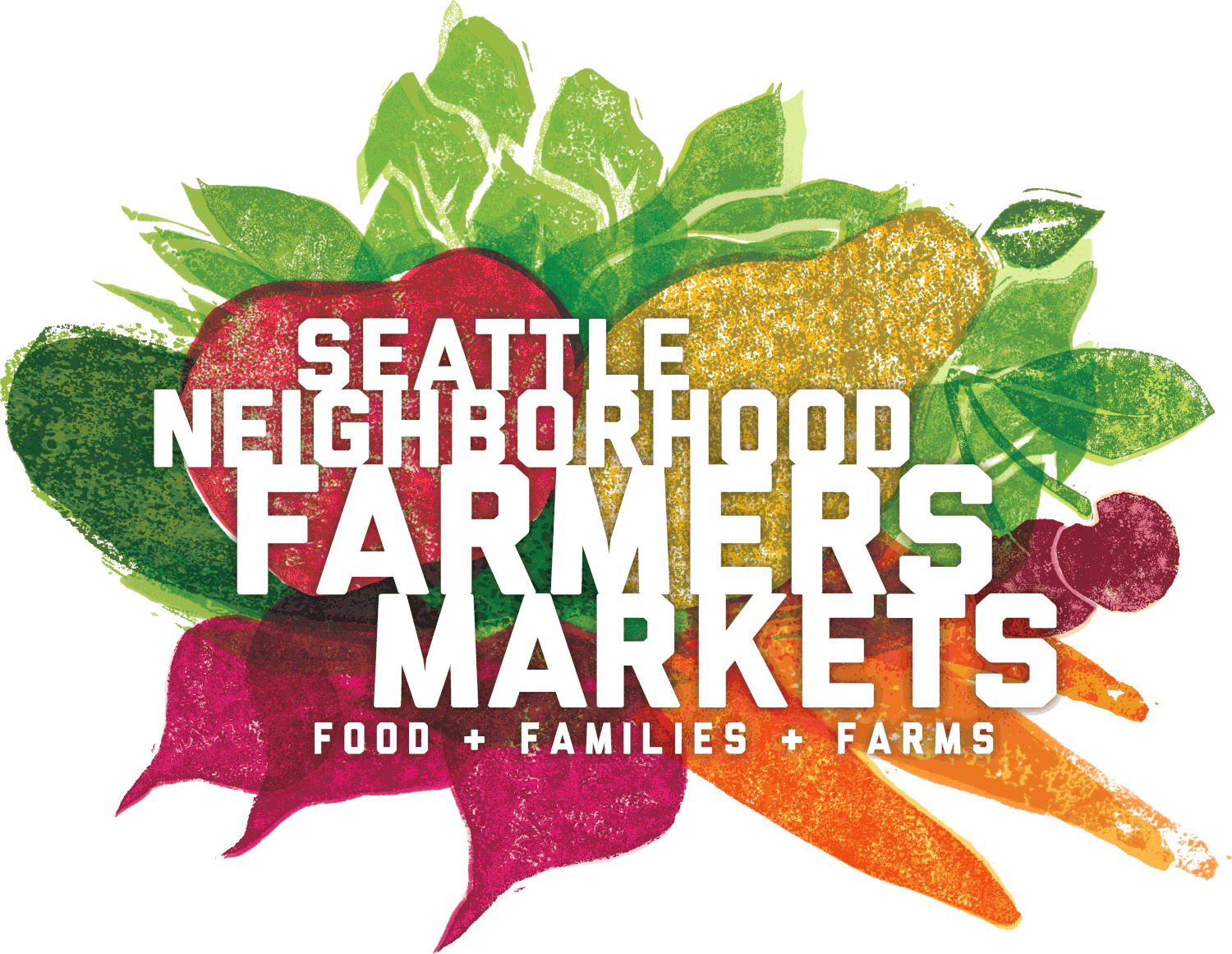The Government Shutdown, SNAP Cuts, & the Impact on Local Farmers
How the Government Shutdown and Cuts to SNAP are affecting Our Farmers
The federal government shutdown and existing cuts to the Supplemental Nutrition Assistance Program (SNAP) are rippling through communities across the country — and here in Seattle. For thousands of families who rely on SNAP to put food on the table, delayed or reduced benefits mean less healthy food, less often. The ripple effects will also be felt heavily by small farmers, food banks, and rural communities.
Decreased Demand : At the 8 neighborhood markets organized by NFM, shoppers using SNAP and the supplemental SNAP Market Match accounted for roughly 5% of all sales for farmers — a share that continues to grow as food prices and income inequality rise. In neighborhoods with higher SNAP enrollment, like Lake City and Columbia City, that percentage is even higher. For farmers who offer affordable produce or grow culturally specific crops, SNAP spending can be an even bigger part of their income. Small farmers operate on slim margins; SNAP cuts and a resulting reduced demand/capacity from shoppers poses a serious threat to their livelihoods.
A Hit to Rural Economies: When SNAP dollars circulate through farmers markets, they don’t just buy food — they sustain small farms, support jobs, and strengthen rural economies in places like Mabton, Concrete, and Colleville. The Food Research & Action Center estimates that every $1 in SNAP benefits generates up to $1.80 in local economic activity. The government shutdown and the wider cuts to SNAP both translate to less money in the local communities where our farmers reside.
More Burden on Local Food Banks: With less federal assistance available, more people will turn to food banks. Food Banks in Seattle are already under strain trying to keep up with an ever-increasing need for food. There are only about 70 food banks in Seattle and most of them only operate 3-4 days a week due to funding limitations. The West Seattle Food Bank alone distributed food to over 2.6 million pounds of food to Seattle residents in 2024, where they serve between 300-400 people a day and nearly 650 on busier days.
Washington State’s SNAP Market Match, which gives shoppers extra funds to spend on fresh produce when they use their SNAP/EBT benefits, further multiply these impacts. With November benefits on hold due to the shutdown, customers will only be able to use their existing benefits until they run out. The result: tighter household budgets for families, and fewer sales for farmers counting on those transactions.
Even if you’re not directly impacted by these cuts, the indirect repercussions will be vast, especially in an economy that has yet to fully recover from Covid era supply chain disruptions.
What can we do?
Shop at your neighborhood farmers market. Small farms who operate independently rely on regular people doing regular grocery shopping in the markets.
Donate to the Good Neighbor Fund so that we can keep giving out emergency SNAP Relief Funds at our markets.
Donate to or volunteer with local food banks and community meal programs.
Advocate for full SNAP funding and for programs like SNAP Market Match that connect federal food benefits to local food systems.
Vote! Vote for better policy and better representatives who have a stake in making our region more affordable and food secure.
Strengthen the community safety net and make your money matter. Donate to programs and organizations that provide non-federal assistance to farms and hunger relief organizations. (Growing for Good, Good Farmer Fund, Harvest Against Hunger, Neighborhood Farmers Markets.)
When we invest in equitable access to local food, we’re investing in stronger farmers, healthier families, and a more resilient Seattle.
Local food banks and programs you can donate to or volunteer at:
Food Banks: Many of these food banks are served by our local farmers as well.

